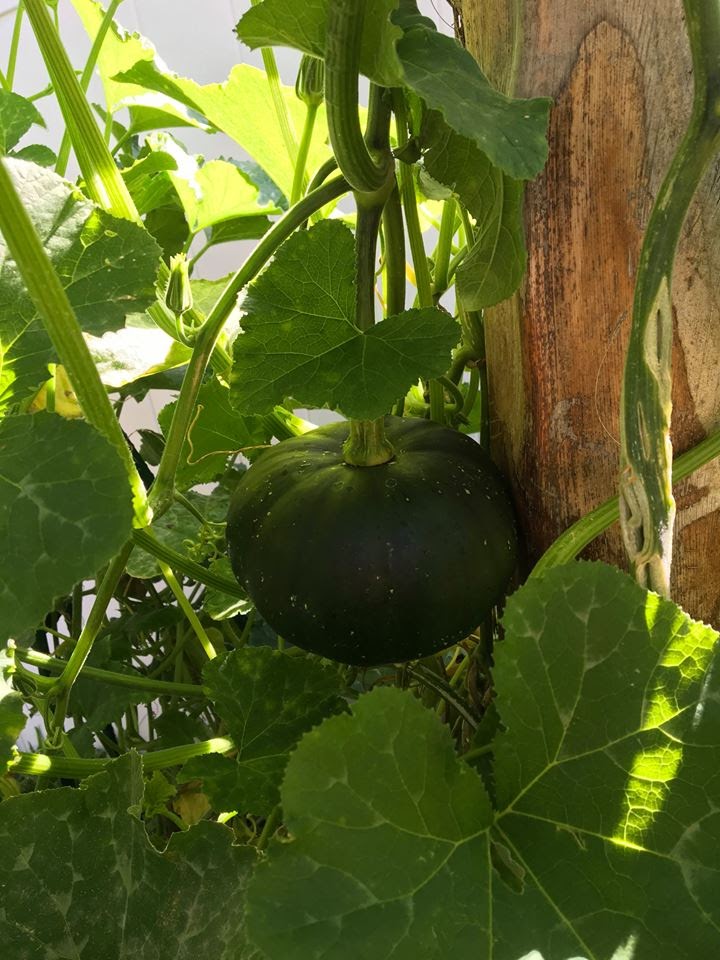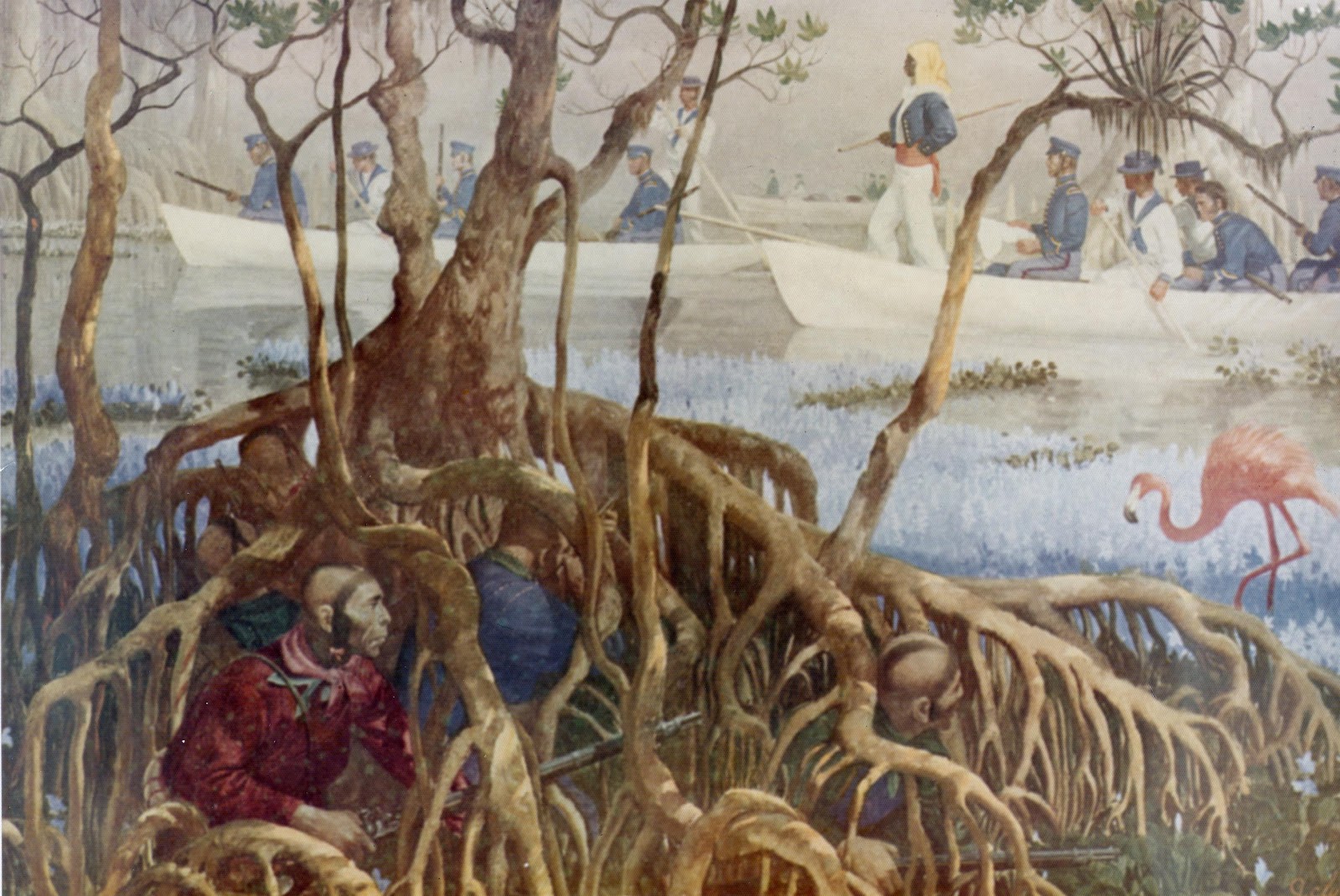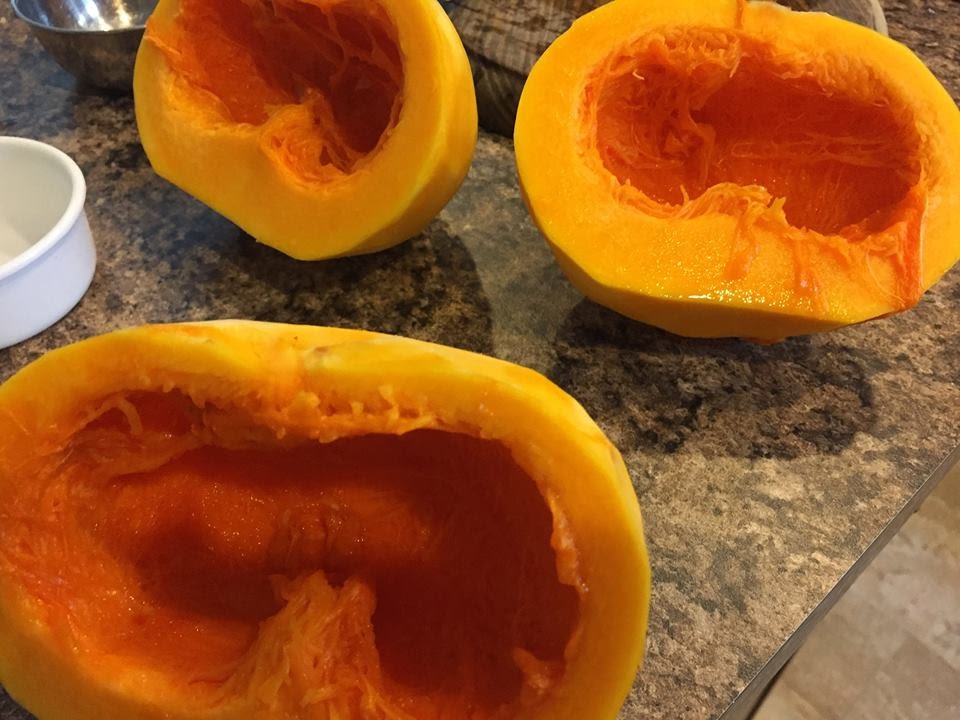Seminole Pumpkin: by Cameron Lee

One of the many plants that we grew in our old Demonstration Garden space was the Seminole pumpkin. It has grown so well for us that we’ve decided to offer it for sale to the St. Louis community. Our Seminole pumpkin seed packets are available at our online store.
In addition to its great horticultural properties, the Seminole pumpkin also has a rich and fascinating history. Once highly sought after, the plant is native to Florida’s Everglades and bears a similar sweetness to butternut squash. Found throughout Florida, this variety of pumpkin was previously cultivated before the arrival of the Spanish in the sixteenth century. Though the pumpkin shares its name with the Seminole tribe, it was widely consumed and grown by the Miccosukee, Creek, and other tribes indigenous to Florida. The Miccosukee named the Seminole Pumpkin, “Chassa Howitska” or “hanging pumpkin,” referring to the method in which the pumpkin hangs on the bare limbs of the tree. Planted at the base of girdled trees, its’ vines grow up the tree’s trunk, allowing the fruit to develop. This particular method produced large yields of the crop, allowing immigrants from Europe coming to Florida to cultivate hundreds of acres. The pumpkin was a staple food for the early Indian tribes and later the Seminoles, with the fruits and flowers still being used today in soups, breadmaking, or eaten as a vegetable.

Pictured above is an immature Seminole pumpkin growing from the base of a girdled tree in north Florida. You can also see the unique white/silvery color the foliage usually gets.
The Seminole Pumpkin will typically feature velvety-hair, that can range anywhere from shallow to deep lobes, with broad-ovate to kidney-shaped leaves with toothed margins. It’s leaves often have white spots on the veins and are silver-lined, creating an almost-shiny reflection that deters pests when in direct sunlight. In late spring, single axillary flowers will bloom that are typically a creamy white to orange-yellow color. The pumpkin itself is pear-shaped or spherical with an incredibly hard rind. The color of the shell can be deep gold to a light salmon and pinkish buff color. Inside, the flesh is beige to orange and has a fine-grained texture.
The Seminole Pumpkin has a long history of cultural and historical significance to the indigenous groups in Florida. The first inhabitants of Florida consisted of multiple tribes; the Calusa, Tequesta, Tocobaga, Jobe/Jaegas, Ayes, and the Apalachee. These Floridian tribes would later become collectively known as the Seminoles, a name meaning “wild people.” The majority of the Seminole population would be an amalgamation of the earlier tribes and it would later include runaway slaves who found refuge in Florida. The Seminoles would continue living in Florida until the turn of the nineteenth century when run-ins with American settlers became more frequent as they sought Seminole land and their former slaves returned — threatening Seminole autonomy and their ancestral lands.

A U.S. Marine boat expedition searching the Everglades during the Second Seminole War.
Further transgressions against the Seminoles later escalated into a series of wars collectively known as the Seminole Wars. Beginning shortly after the passage of the Indian Removal Act in 1830, the U.S. government attempted to relocate the Seminoles to a reservation in Oklahoma. Chief Chekika, a chief of Spanish and Indian descent, led a series of attacks against American settlers and traders. Shortly after Chief Chekika’s attack on the town of Indian Key, General Walker Armistead authorized Lt. Col. Harney and ninety soldiers from the 2nd Dragoons and 3rd Artillery to conduct one of the first Special Forces operations in U.S. Army history. However, Chief Chekika proved to be elusive and further frustrated Lt. Col. Harney. In one instance, Harney discovered an abandoned Seminole campsite with pumpkins left behind, hanging from the trees, seemingly taunting the American soldiers. No written records have been found regarding who fired the first shot, but in the end, all the pumpkins lay broken. Although there was no clear explanation to why the pumpkins were shot at; however, one possibility was to deny and eliminate food supply intended for the Seminoles. In other regions of the U.S., Native Americans of the time frequently buried their gourds, pumpkins, and dried meat in the ground in order to avoid the destruction of their food supplies. However, in the Everglades, the wet ground is unsuitable to storing foods because of spoilage so the Seminoles used the Seminole pumpkin for food storage, taking advantage of the pumpkin’s ability to grow as a vine in the canopies above and its naturally long storage life.
So why should the Seminole pumpkin be cultivated? Aside from the Seminole pumpkin’s ability to store for long periods, the pumpkin is very resilient to heat and humidity, which makes it great for growing in hot St. Louis summers. The pumpkin is resistant to downy mildew, diseases, and pests like the dreaded squash vine borer that is difficult to control and kills most squash. Squash bugs will still feed on the Seminole pumpkin, but they are not harmful and won’t disturb its growth. Seminole pumpkins also require little maintenance for the gardener, some even claiming that the pumpkins thrive under neglect. This particular variety is quite productive, though its vines are capable of reaching twenty-five feet in height, making space a necessity. Once harvested, the pumpkin can store without refrigeration for an average of six to twelve months. Though it was and still is common to plant Seminole pumpkins at the base of girdled trees, use of trellises have been met with success and offer a great alternative. Its flavor is very similar to butternut squash and can be used as a baking pumpkin – it’s 6” size makes about 1 ½ cups of pureed pumpkin!

The Seminole Pumpkin’s flesh is beige to orange and has a fine-grained texture
1.Slow Food USA. “Seminole Pumpkin.” Slowfood USA. Accessed June 18, 2019. https://www.slowfoodusa.org/ark-item/seminole-pumpkin.
2. Allen, Ginger M., Michael D. Bond, and Martin B. Main. “50 Common Native Plants Important In Florida’s Ethnobotanical History.” Accessed June 18, 2019. https://www.growables.org/informationVeg/documents/50NativePlamtsEthno.pdf.
3. “Cucurbita Moschata.” Cucurbita Moschata – Plant Finder. Accessed June 18, 2019. http://www.missouribotanicalgarden.org/PlantFinder/PlantFinderDetails.aspx?kempercode=e451.
4. Slow Food USA. “Seminole Pumpkin.” https://www.slowfoodusa.org/ark-item/seminole-pumpkin.
5. History Web Committee. “Seminole Indian War.” History: Town of Jupiter. Accessed June 18, 2019. https://www.jupiter.fl.us/DocumentCenter/View/2186/Seminole-Indian-War?bidId=.
6. “Seminole History.” Florida Department of State. Accessed June 19, 2019. https://dos.myflorida.com/florida-facts/florida-history/seminole-history/.
7. Campbell, Richard. “Attack of the Seminole Pumpkins.” Edible South Florida. October 31, 2016. Accessed June 18, 2019. http://ediblesouthflorida.ediblecommunities.com/food-thought/attack-seminole-pumpkins.
8. “Seminole Pumpkin.” Seminole Pumpkin – Gardening Solutions – University of Florida. Accessed June 19, 2019. http://gardeningsolutions.ifas.ufl.edu/plants/edibles/vegetables/seminole-pumpkin.html.

